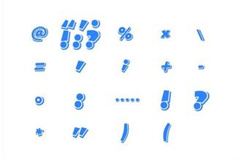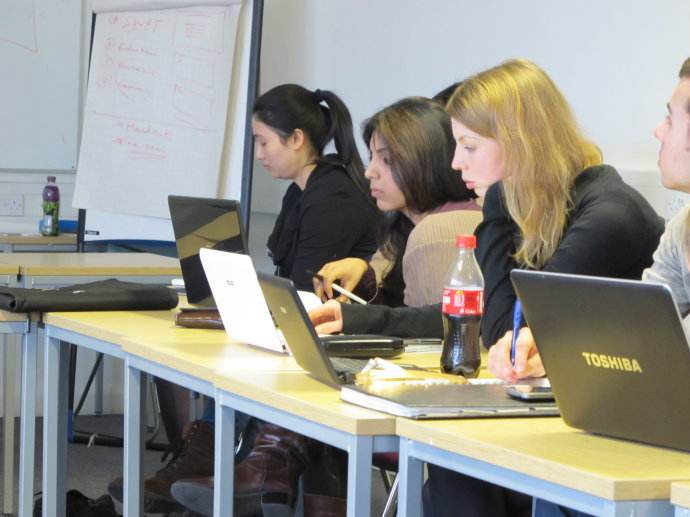INTRODUCTION
Inventory management is a characteristic piece of your business that you certainly would prefer not to mess around with. The accompanying are some normal inventory management methods conveyed by associations – along with their inventory holding expenses and potential benefits. You’d most likely require a mix of various strategies for the best approach for your business
This inventory management method dispenses with the cost of holding inventory inside and out. When you have a dropshipping agreement, you can specifically exchange client requests and shipment points of interest to your maker or air compressor distributer, who then ships the merchandise straightforwardly to your clients. Along these lines you don’t need to keep products in inventory , get the chance to save money on forthright inventory expenses, and advantage from a positive income cycle.
A procedure like dropshipping where both techniques rule out the requirement for distribution centers or work expenses and dangers required with inventory taking care of, cross-docking is a practice where approaching semi-trailer trucks or railroad autos empty materials specifically onto outbound trucks, trailers, or rail autos with next to zero inventory piling in the middle. (inventory-management)
Types of inventory Management
Every business includes of their inventory of company, the material that they offer for sale and any other important material that is realy important for running their business. For maintaining small business there is less need of inventory than large business. Coming up short on products implies you will be unable to take care of demand, while having excessively numerous merchandise implies your cash is tied up in inventory that you can not offer.
Raw Materials
This sort of inventory consists any merchandise utilized as a part of the assembling procedure, for example, components use to assemble a completed item. Raw materials may consist completed merchandise or materials. For instance, for a orange juice organization, oranges, sugar and additives are raw materials; while for a PC producer, chips, circuit sheets and diodes are raw materials. Inventory things might be named raw materials if the association has bought them from an outside organization, or if they are utilized to make components.
Work-in-Process
Work-in-process inventory things are those materials and parts that are holding up to be made into something else. These may consist halfway collected things that are holding up to be finished. Work-in-process inventory things may consist completed merchandise that have not yet been packed and reviewed, and in addition raw materials that have moved from capacity to a preassembly area. For instance, in a orange juice organization, the oranges may come into a capacity zone, where they are raw products, but once they have been moved out of the capacity range and onto the sequential construction system for squeezing, they get to be work-in-process inventory . In a little organization, work-in-process goods might be put away in in the same area as raw materials and completed products.
Finished Goods
Finished goods are any items that are prepared to be transported out or sold specifically to clients, including to wholesalers and retailers. Completed products might hold up in a capacity zone or on a shop floor. In the event that the measure of inventory of Finished goods increase quicker that the measure of raw products and work-in-process products, then creation may need to back off until more completed merchandise are sold. In a few organizations, merchandise are excluded in the completed products inventory until they are sold. For instance, in organizations where products are made to arrange.(types-inventory-organization)
Ordering, holding, and lack costs make up the three principle classifications of inventory related expenses. These groupings broadly separate the a wide range of inventory costs that exist, and below we will identify and describe a few cases of the different sorts of cost in every class. (-inventory-ordering-holding-and-shortage-costs)
Ordering costs
Ordering costs, also called setup expenses, are basically costs acquired each time you submit a request. Illustrations include:
Clerical expenses of preparing buy orders – There are so many type of clerical costs, for example, receipt preparing, bookkeeping, and correspondence costs.
Cost of finding providers and assisting orders – Costs spent on these will probably inconsistent, but they are vital costs for the business.
Transportation costs – The expenses of moving the merchandise to the distribution center or store. These expenses are highly variable across different industries and items.
Accepting expenses – These include expenses of unloading goods at the distribution center, and reviewing the merchandise to ensure they are the right things and free of defectss.
Cost of electronic information exchange – These are systems used by large organizations and particularly retailers, which permit requesting process expenses to be altogether reduced.
Holding costs
As known called carrying costs, these are costs required with putting away inventory before it is sold.
Inventory financing costs – This consists everything identified with the investment made in inventory , including costs like interest on working capital. Financing expenses can be complex relying upon the business.
Opportunity cost of the cash invested into inventory – This is found by figuring in the lost options of tying cash up in inventory , for example, putting resources into term stores or common assets.
Storage space costs – These are costs identified with where the inventory is stored, and will change by area.
There will be the cost of the storeroom itself, or rent installments if it is not claimed. At that point there are office preservation costs like lighting, warming, and ventilation.
Inventory services costs – This consists the cost of the physical handling of the products, and protection, security, and IT equipment, and applications if these are utilized. Costs identified with inventory control and cycle counting are further cases.
Inventory risk costs – A major cost is shrinkage, which is the loss of items between buying from the provider and last deal because of any number of reasons: burglary, seller extortion, shipping mistakes, harm in travel or capacity. The other fundamental case is out of date quality, which is the cost of products going past their utilization by dates, or generally getting to be distinctly obsolete. (inventory-costs)
Shortage Costs
These costs, additionally got inventory -out expenses, happen when organizations get to be distinctly out of inventory for reasons unknown.
Disrupted production – When the business includes delivering merchandise and in addition offering them, a deficiency will mean the business should pay for things like sit still specialists and industrial facility overhead, notwithstanding when nothing is being created.
Emergency shipments – For retailers, inventory -outs could mean paying additional to get a shipment on time, or evolving providers.
Client faithfulness and notoriety – These expenses are difficult to pinpoint, yet there are positively losses to these when clients can not get their wanted item or administration on time.
(inventory-cost)
Economic Order Quantity: Economic order quantity is the level of inventory that limits the level inventory holding expenses and requesting costs. It is one of the most seasoned traditional generation planning models.
The structure used to decide this request amount is otherwise called Wilson EOQ Model or Wilson Formula. The model was produced by F. W. Harris in 1913. Yet at the same time R. H. Wilson, an expert who connected it widely, is given acknowledgment for his right on time top to bottom investigation of the model. EOQ is basically a bookkeeping equation that decides the time when the mix of request expenses and inventory conveying expenses are the slightest. The outcome is the most practical amount to arrange. In acquiring this is known as the request amount, in assembling it is known as the generation part estimate.







